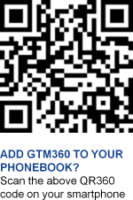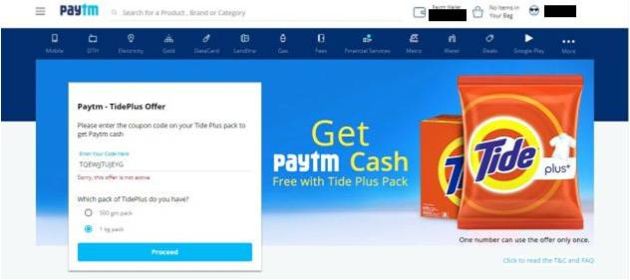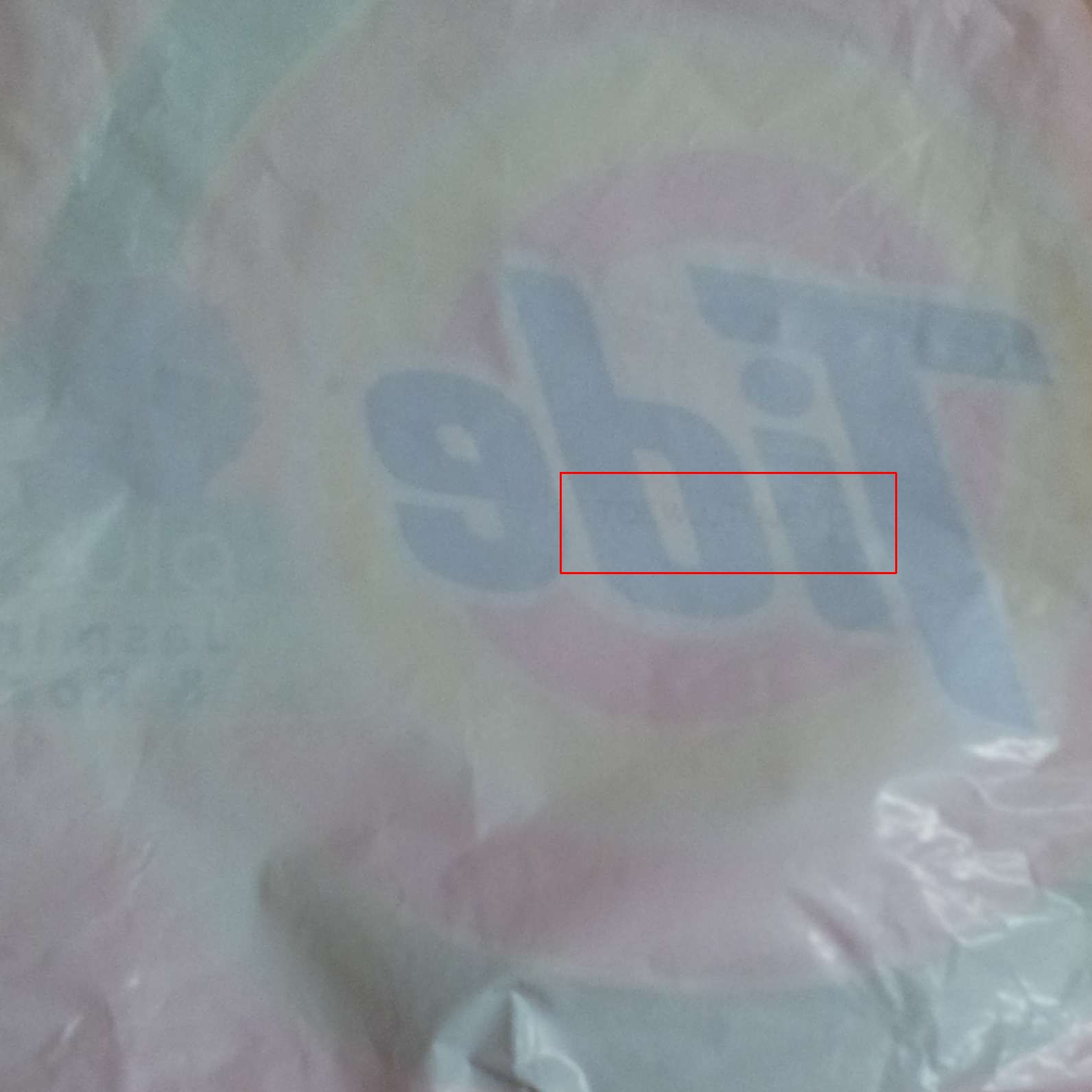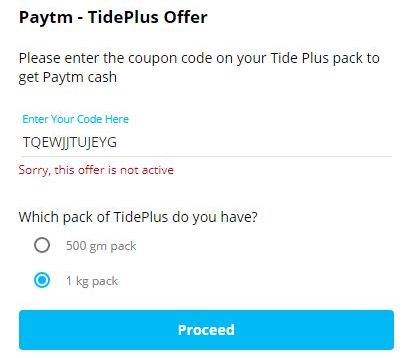Uber has been making targeted offers for a long time.
As I highlighted in my post titled Mastering Targeted Offers – The Uber Way, some people get an offer, others don’t. As a result, two cohorts of riders can see two different prices for the same ride.
In the early days, the price difference was attributed to a bug. But, as customers learned that Uber makes targeted offers at the level of individual riders, they began to recognize the disparity for the feature that it really is.
As brands increasingly adopt personalization in their communications, what you see is not what I see.
Then there are other types of differences like:
- What you see on desktop is not what you see on mobile
- What you see yesterday is not what you see today
- Inconsistencies in what you see wherever and whenever
At first blush, it might seem that the discrepancy is caused by a bug in brand websites, apps or messages. But, if we dig deep, we might start getting the feeling that the difference is created by a deliberate action taken by the brand i.e. feature.
This post is about features that masquerade as bugs – or what I call #FeatureOrBug events.
Since #FeatureOrBug is introduced by the brand owner – actively or passively – it’s likely to always favor the brand. As we’ll see shortly, benefits of #FeatureOrBug to a brand include increase in engagement, reduction in cost, boost in sales, etc.
When it comes to the consumer, there are three degrees of #FeatureOrBug:
- Favorable
- Neutral
- Unfavorable
Consumers will probably like a first degree #FeatureOrBug. Therefore, it boosts customer loyalty.
Consumers are indifferent to a second degree #FeatureOrBug. In the worst case, they may be somewhat ticked off by it. But it still won’t affect their engagement with the brand in the future. Accordingly, a second degree #FeatureOrBug is neutral to customer loyalty.
Consumers are antagonized by a third degree #FeatureOrBug. As a result, it adversely impacts customer loyalty.
In this post, I’ll illustrate the three degrees of #FeatureOrBug with one example of each.
#1. FACEBOOK CHECKIN – Favorable #FeatureOrBug
I saw the following update on my Facebook Feed.
If you notice the text carefully, it reads “Vikesh Mehta was drinking having breakfast…”.
Wot? Drinking breakfast?
Tongue in cheek, I replied, “I’ve heard of “liquid lunch”. Now “liquid” has started from breakfast itself, eh?:)”.
My friend thought it was a bug, reasoning that FB had tagged the said eatery as a coffee shop, thus forcing the status to begin with “drinking”.
I wasn’t so sure.
I’ve seen many such Facebook updates in the past. I didn’t know they were called FB Checkin and I’ve never reacted to one before. Both of that changed after I read this update. By displaying it in the manner that it did on this occasion, Facebook created awareness and generated engagement for Checkin. Ergo, it was probably a feature rather than a bug. Since I was happy to learn about a new Facebook “product”, this #FeatureOrBug was favorable to me.
#2. TIDEPLUS – Neutral #FeatureOrBug
The leading detergent brand TIDEplus recently ran a promo. You had to locate a code on the product’s pouch and enter it on PayTM’s website to earn a cashback on your PayTM wallet.
It was hard to find the code. But I located it finally on the inner surface of the detergent’s pouch.
I entered the code on PayTM’s website, only to be informed that the offer had already expired.
I naturally felt shortchanged.
I inferred one of the following two things from this exercise:
- TIDEplus expected to sell a certain number of products on offer (“offer packs”) during the offer period and shipped that quantity to the trade. But actual sales were lower than expected. As a result, many offer packs were still left on the shelves after the offer expired – one of which was the one I’d purchased. In an ideal world, a company would go back to the trade and recall all unsold offer packs. But, in the real world, I don’t know a single corporate paragon of virtue that does that and I don’t expect P&G, the owner of TIDEplus, to be the exception.
OR
- TIDEplus deliberately dumped more offer packs than it expected to sell during the offer period, hoping to capitalize on the strong possibility that the offer would attract a lot of additional consumers out of which only a few would bother to redeem it and fewer still would complain when they found out that the offer had expired by then. This is a shady practice. Notwithstanding the number of brands who follow it – and there are many – this practice tarnishes the brand image.
 Since I had no way of knowing which of the two things had really happened, I gave the benefit of doubt to the brand. While I’m now a little wary of TIDEplus, I’m not upset that badly that I’ll stop buying the product in future.
Since I had no way of knowing which of the two things had really happened, I gave the benefit of doubt to the brand. While I’m now a little wary of TIDEplus, I’m not upset that badly that I’ll stop buying the product in future.
On a side note, sophisticated CEM solutions are now available that help brands estimate in advance how much sales uplift they can get by running a certain customer engagement program. One of our customers has such a solution. Brand managers who need help in this space can feel free to contact us.
The next installment of this post will feature a third degree #FeatureOrBug.
@vijayshekhar Why does PayTM use my wallet balance when I don't check Fast Forward? Taking my wallet w/o permission is called pickpocketing.
— Ketharaman Swaminathan (@s_ketharaman) October 27, 2017
Spoiler Alert: Some #FeatureOrBug shenanigans can turn a brand advocate to an ex-customer.
Watch this space!





